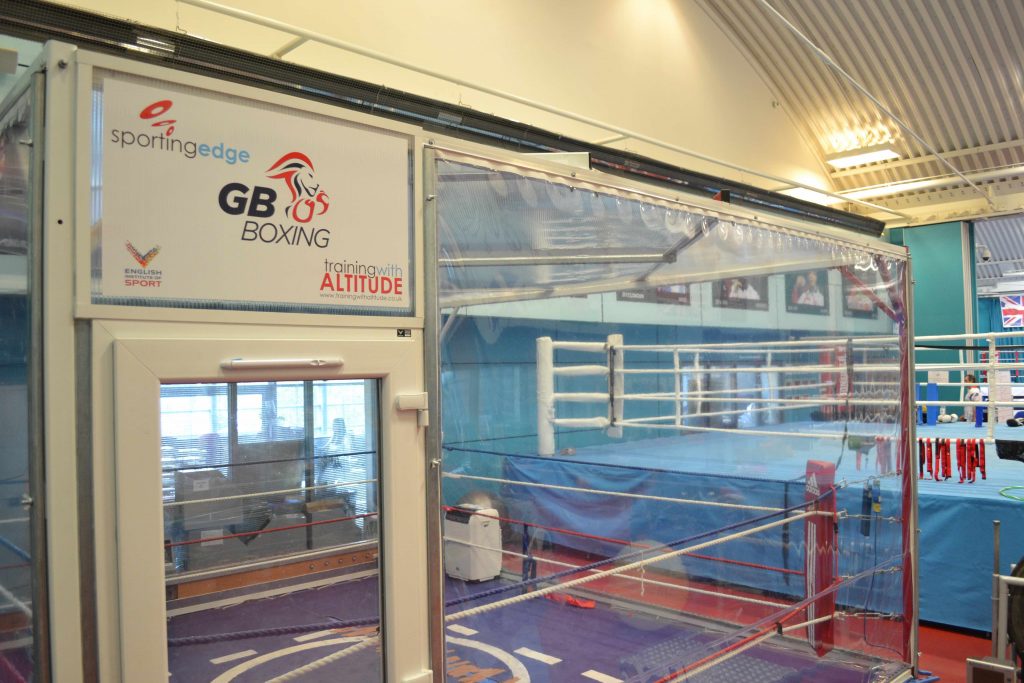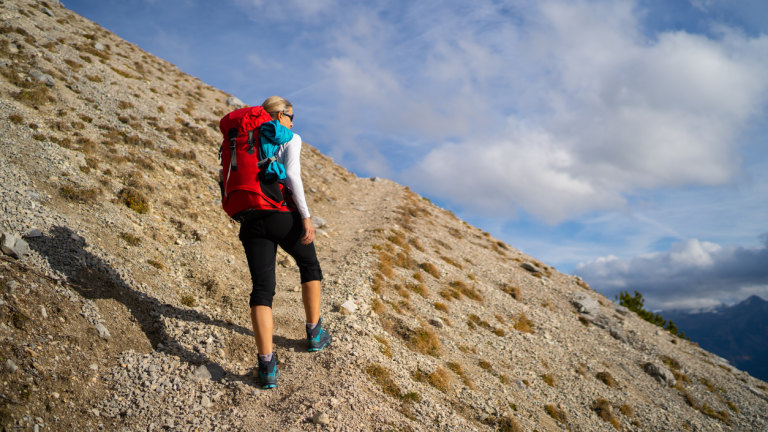High-altitude training has long been a staple for elite athletes seeking to gain a competitive edge. For boxers, training at higher elevations can provide significant benefits, ranging from enhanced endurance to improved oxygen utilization. This blog explores the advantages of high-altitude training for boxers and profiles some of the most famous altitude training camps that have become integral to their preparation.
The Science Behind High-Altitude Training
Improved Oxygen Utilization
Training at high altitudes, typically above 8,000 feet, exposes athletes to lower oxygen levels. This hypoxic environment forces the body to adapt by increasing the production of red blood cells, which are responsible for transporting oxygen. As a result, when athletes return to lower altitudes, their enhanced red blood cell count allows for more efficient oxygen utilization, leading to improved endurance and performance.
Enhanced Endurance
The primary benefit of high-altitude training for boxers is the significant boost in endurance. With increased red blood cells and hemoglobin levels, the body becomes more efficient at delivering oxygen to muscles. This improvement means that boxers can sustain high-intensity efforts for longer periods, a critical advantage in a sport where stamina often dictates the outcome of a match.
Increased VO2 Max
VO2 max, or maximal oxygen uptake, is a measure of an athlete’s aerobic capacity. High-altitude training has been shown to increase VO2 max, allowing boxers to maintain higher levels of exertion without fatigue. This increase in aerobic capacity translates to better overall conditioning and the ability to recover more quickly between rounds.
Benefits of High-Altitude Training for Boxers
Enhanced Cardio-Respiratory Fitness
The thin air at high altitudes challenges the cardio-respiratory system, leading to improvements in heart and lung function. Boxers who train at altitude often experience enhanced cardio-respiratory fitness, which helps them maintain a high work rate throughout a fight. This increased fitness level is particularly beneficial for boxers who rely on relentless pressure and high punch output to overwhelm their opponents.
Mental Toughness
Training at high altitudes is not just physically demanding; it also builds mental toughness. The challenging conditions require boxers to push through discomfort and fatigue, fostering a resilient mindset. This mental fortitude can be a crucial asset in the ring, where psychological strength is as important as physical prowess.
Adaptation to Adversity
Boxers who train at altitude learn to adapt to adverse conditions. The harsh environment forces them to develop new strategies and techniques to cope with the lack of oxygen and increased physical strain. This adaptability can translate to better in-ring adjustments and the ability to handle unexpected challenges during a fight.
Famous Altitude Training Camps
Big Bear Lake, California
Big Bear Lake is one of the most renowned high-altitude training destinations for boxers. Situated at an elevation of 6,750 feet, it has hosted some of the sport’s biggest names, including Oscar De La Hoya, Gennady Golovkin, and Canelo Alvarez. The thin air and rugged terrain provide an ideal setting for rigorous training camps, helping fighters build the stamina and resilience needed for championship bouts.
Colorado Springs, Colorado
Home to the U.S. Olympic Training Center, Colorado Springs sits at an elevation of 6,035 feet. It has been a preferred training ground for many American boxers preparing for the Olympics and professional competitions. The state-of-the-art facilities and expert coaching staff offer a comprehensive training environment that maximizes the benefits of high-altitude conditioning.
Lake Tahoe, California/Nevada
Lake Tahoe, straddling the border of California and Nevada, is another popular altitude training location. With elevations ranging from 6,225 to over 10,000 feet, it offers a diverse range of training environments. Fighters like Shane Mosley have utilized Lake Tahoe’s challenging conditions to prepare for major fights, benefiting from the improved oxygen efficiency and mental toughness gained at altitude.
Aspen, Colorado
Aspen is not only a famous ski resort but also a prime spot for high-altitude training. At 8,000 feet above sea level, it provides an even more challenging environment for boxers looking to push their limits. The high elevation and scenic landscape make it an attractive destination for fighters seeking to combine rigorous training with a rejuvenating environment.
Training Strategies at Altitude
Gradual Acclimatization
To maximize the benefits of high-altitude training, boxers need to gradually acclimate to the reduced oxygen levels. This process involves spending the first few days at altitude engaging in low-intensity activities to allow the body to adjust. Gradual acclimatization helps prevent altitude sickness and ensures that athletes can train effectively as their bodies adapt.
High-Intensity Intervals
Incorporating high-intensity interval training (HIIT) at altitude can significantly boost aerobic capacity and endurance. HIIT involves alternating between short bursts of intense exercise and periods of rest or low-intensity activity. Training in a hypoxic environment amplifies the cardiovascular benefits of HIIT, making it an effective component of high-altitude training regimens.




